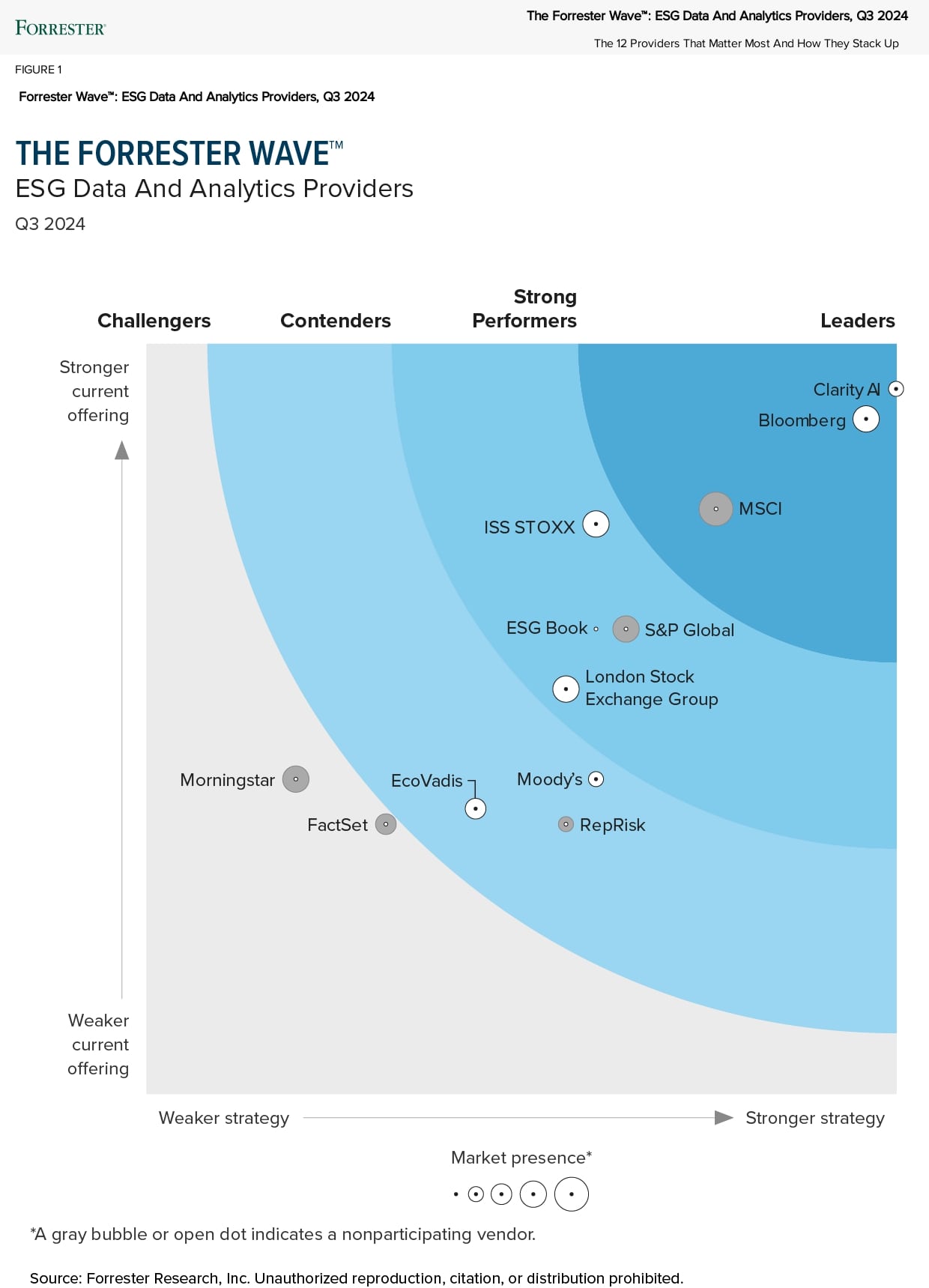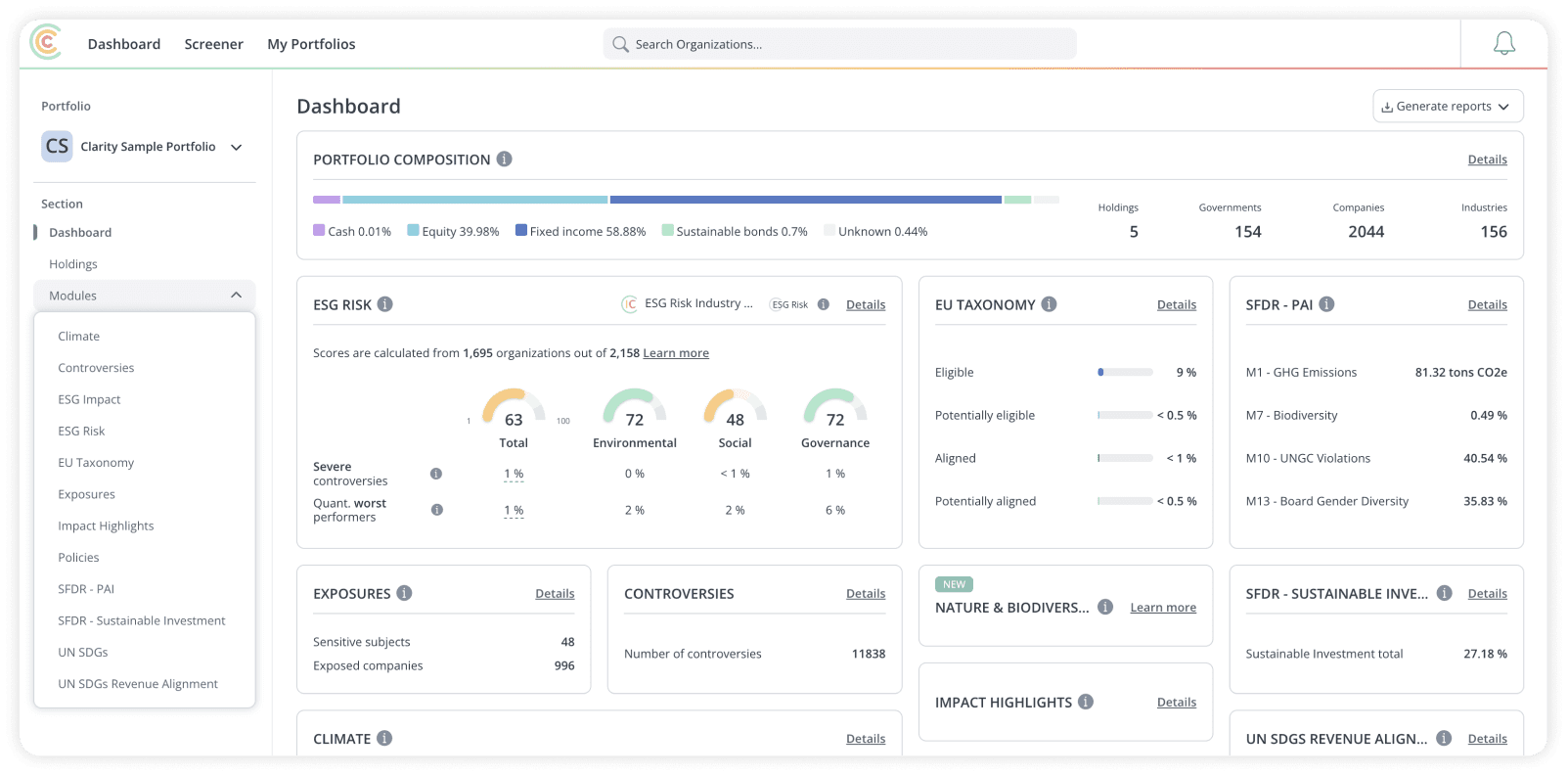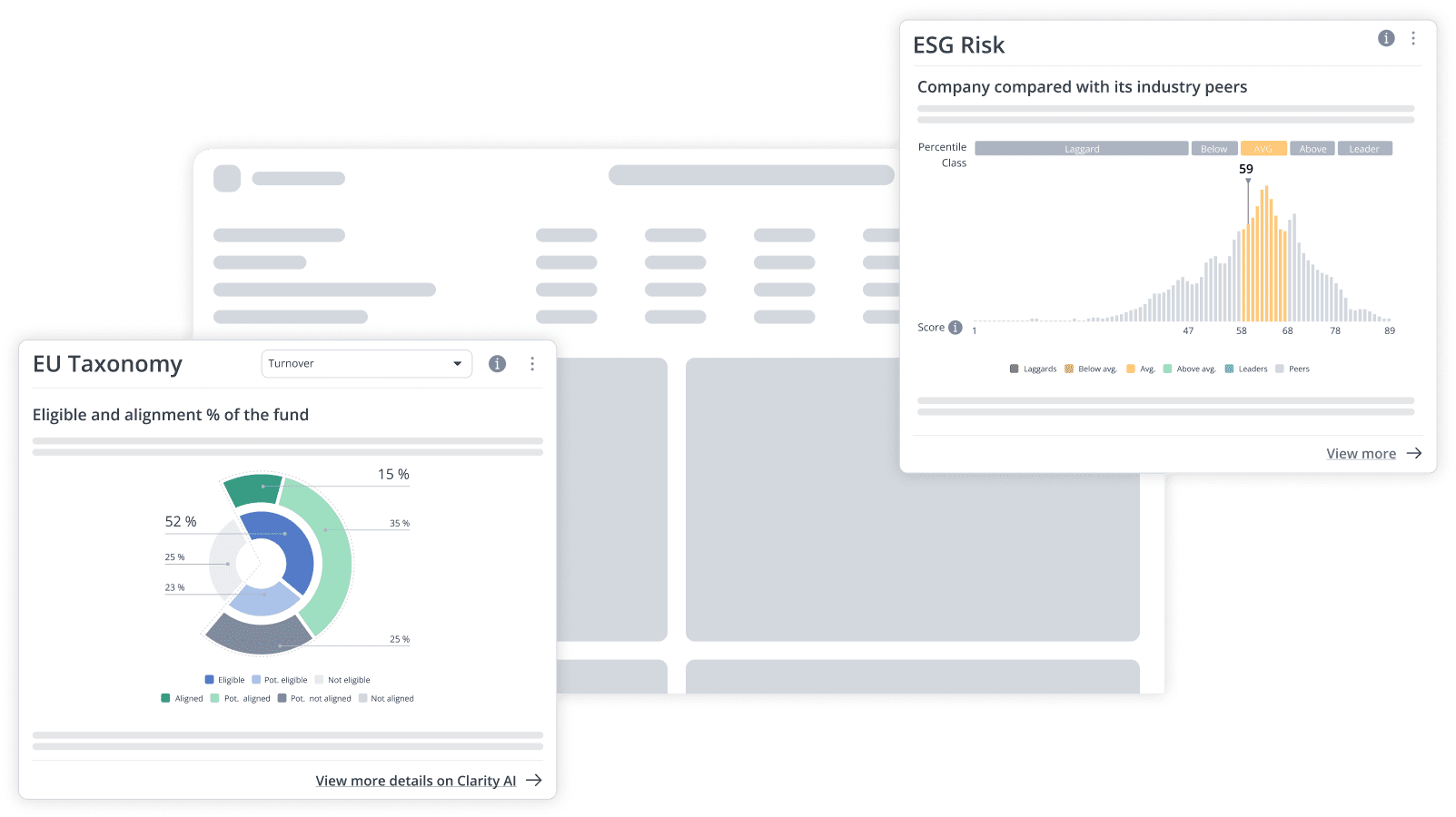Companies Included in SDG Funds Are Not Generating Economic Activity in Countries That Need It Most
Companies in SDG funds sell less than 1% in the countries that need the most
The United Nations’ Sustainable Development Goals (SDGs) provide a comprehensive framework for addressing global challenges and promoting sustainable development. Developed for government entities, they are notoriously challenging for investors to align investments to. Still, many funds aim to invest in companies that contribute to solving the SDGs through their products and services. However, a closer examination reveals that companies in these funds do not always sell their products in countries where sustainable development is most needed. In fact, on average, companies in SDG funds sell only 1% of their products and services in countries that need them the most. To maximize the impact of SDG funds and contribute effectively to global development, it is crucial for investors and asset managers to gain visibility into the geographical areas where companies are selling their products and services that contribute to the SDGs.
Assessing SDG Progress: The SDG Index
The SDG Index serves as a valuable tool for evaluating countries’ progress towards achieving the SDGs. It provides an overall score for each nation, indicating their proximity to the SDG targets. Countries with lower scores are further away from achieving the SDGs, highlighting the need for increased efforts and resources to drive progress. The SDG Index, depicted in Map 1, demonstrates that different countries are at varying stages of advancement towards achieving the SDG targets, reflecting the diverse challenges they face.
Revenues in SDG Funds and Country Needs
Despite the intention of SDG funds to invest in companies aligned with the SDGs, the distribution of revenues generated by these companies does not always correspond to the needs of countries lagging in SDG progress. Map 2, illustrating the average share of revenues from companies in SDG funds¹, reveals a disconnect between the focus of investments and the areas that require the most attention². On average, companies in SDG funds receive more than 75% of their revenues from countries in the top quartile of the SDG Index, indicating that funds are flowing to already well-performing nations. What is more, the fund that invests in companies with the highest average revenue from countries in most need sees only 5% of the revenues of its companies coming from these countries.
Addressing the Gap: Effective Impact Investments
To ensure that SDG funds genuinely make a difference where it is needed, investors and asset managers must adopt a more strategic approach. Merely investing in companies with SDG-related products and services is insufficient. They need to gain visibility into the geographical areas where these companies sell their products and services to ascertain whether their investments align with countries that require progress towards the SDGs the most.
By mapping the revenue distribution of companies in SDG funds, asset managers can make informed decisions to address the gap between investment focus and country needs. Understanding which countries are benefiting from SDG-aligned investments and which ones are being overlooked allows for more targeted efforts to redirect resources towards areas that require accelerated progress. By investing strategically and responsibly, SDG funds can generate greater positive impact and drive transformative change.
¹ Our research covered 53 funds with SDG or “Sustainable Investment Goals” in their names
²The share of revenues of each company is weighted by the fund exposure to the company




